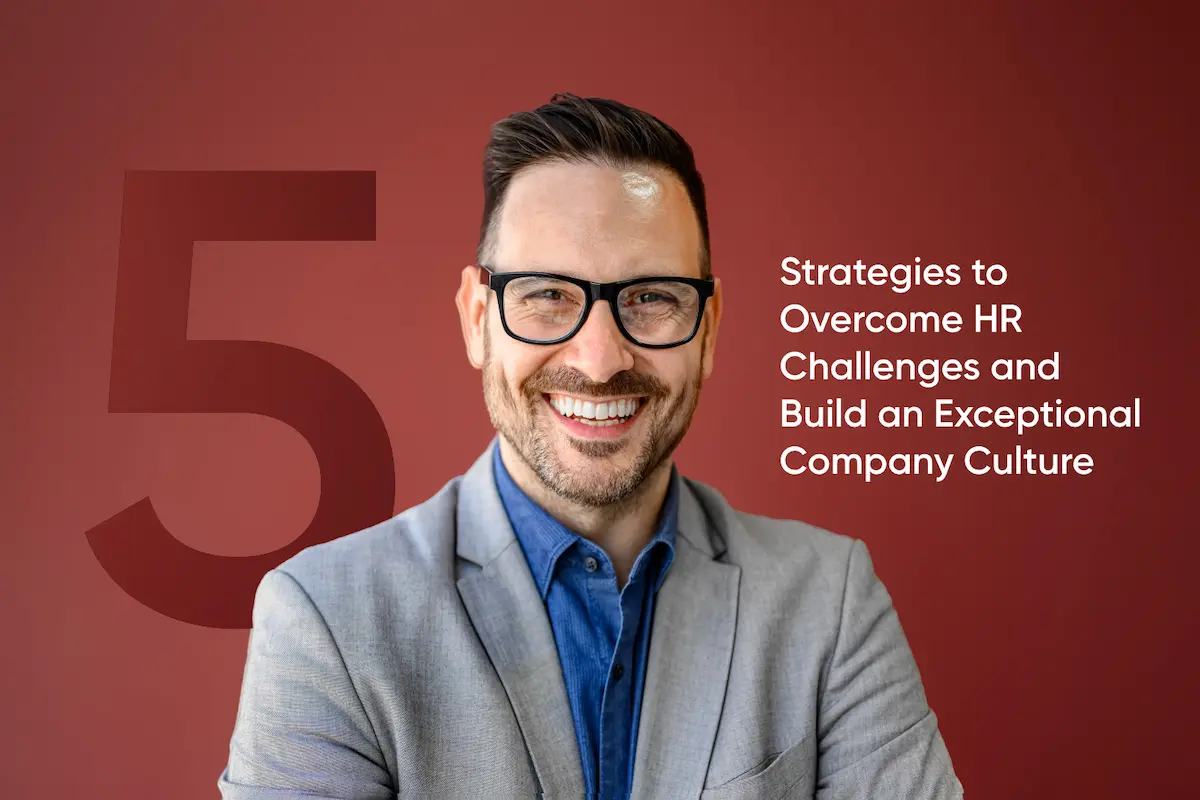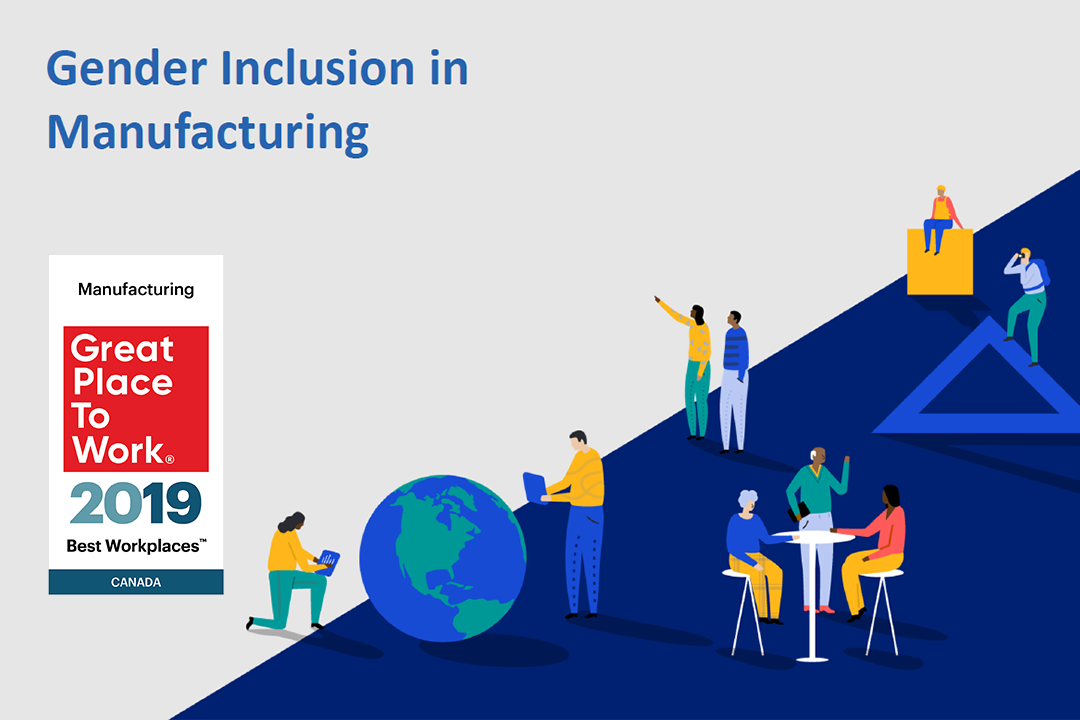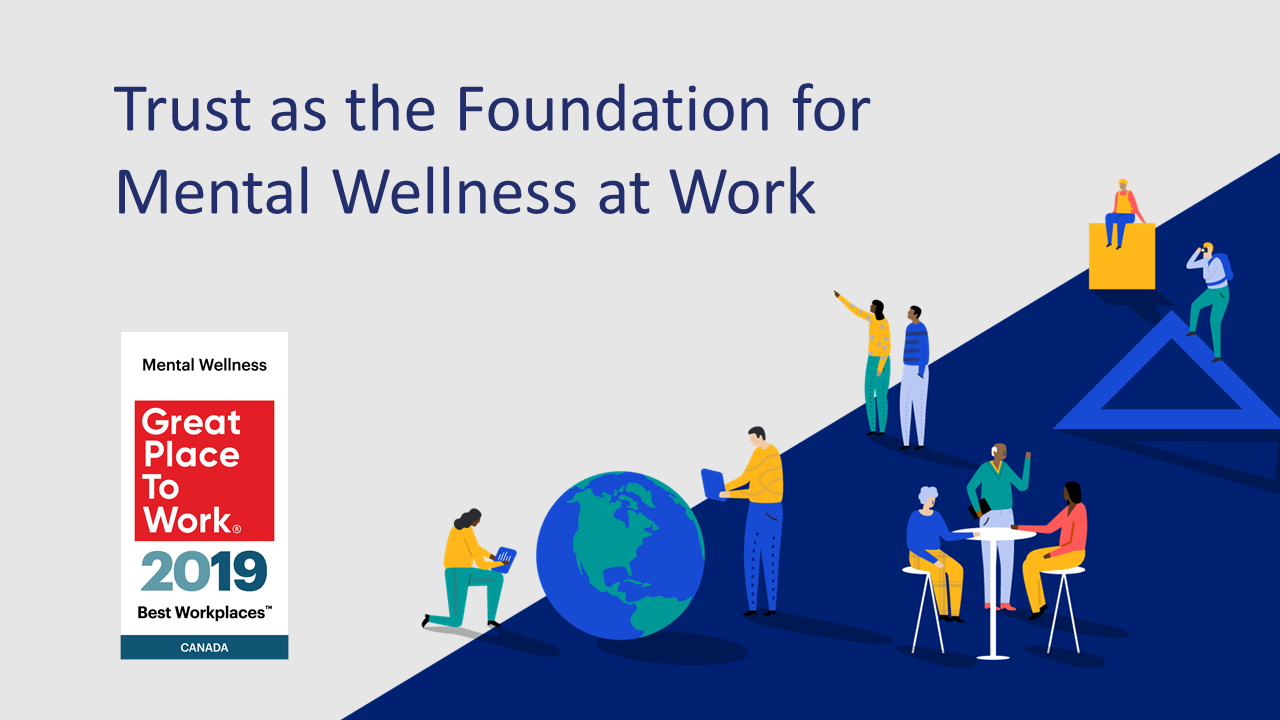
Company Culture, Employee Engagement , Diversity, Inclusion, Equity
Achieving status as an ‘employer of choice’ puts you in the driver’s seat for recruiting, hiring and retaining the best people. And when the job market is competitive, as it has increasingly become for the best and the brightest, having potential employees seek you out is a very fortunate position to be in. It’s not however a status that is easily attained or maintained – it requires a thoughtful and strategic approach that begins with understanding what people value most when deciding where they want to work.
Here's our list of the workplace features employees value most:
1. Career Growth
One of the main reasons people leave an organization is for a growth opportunity. Whether that’s taking a position with more responsibility or one that uses a different set of skills; people want to evolve in their positions.
• Create a variety of career paths that facilitate movement up and through the organization.
• Engage in regular career planning sessions with your people.
• Provide the support necessary to identify their next move(s) and build their skills accordingly.
2. Meaningful Work
Promotions and lateral moves aren’t always possible so that’s where stimulating and challenging work assignments are important. Stretching employees to reach their potential without creating too much stress is a balancing act though. When jobs become too routine you risk bored or apathetic employees while too much challenge creates stress and burnout.
• Develop job share and job rotation options.
• Regularly put together cross-functional teams.
• Develop committees for various projects and to solve problems.
3. Appreciation and Recognition
Recognizing employees for the hard work they do is essential. No one wants to feel taken for granted or have their contributions go unnoticed. Developing a strong performance management system will help ensure your people feel valued and appreciated all the time.
• Set individual as well as team performance goals and targets so that each type of contribution has the potential for recognition.
• Understand the difference between perks and rewards – perks, like free lunches or afternoons off before a long weekend, often become expectations while rewards are reserved to recognize specific behaviour.
• Get creative with special occasions like anniversaries, birthdays, and team wins to keep things fun and lively.
4. Work-Life Balance
It can’t be said enough – refreshed, relaxed, balanced people are the most productive and satisfied. Professional and personal goals are not mutually exclusive, and the most desirable workplaces offer a wide range of programs and practices that support their employees’ personal needs.
• Offer flexible schedules, work from home, generous vacation, etc., and where possible focus on results versus time spent at the office.
• Consider wellness perks like massage, games rooms, and fitness classes.
• Incorporate personal goals with professional ones as part of your performance management.
5. Strong Leaders
Trusted organizational leadership is highly valued. It sets the tone for respectful deliberation when it comes to mission, vision, strategy and decision making. Employees feel secure when they trust leaders will make sound business decisions and that the work being done is purposeful.
• Ensure your vision is well articulated and communicated and with your people during your strategic planning process.
• Encourage leadership skill development and identify potential future leaders early on.
• Be approachable and provide many opportunities to interact with employees at all levels and areas of the organization.
6. Fairness
People are very perceptive when it comes to fair treatment, and they choose to work where they trust equity is a strongly held value. Things like favouritism and policies that don’t apply equally to everyone create a lot of discord and lead to good people leaving an organization. This concept applies to internal as well as external practices and by attending to both, you will create a much healthier and robust workplace.
• Review your day-to-day practices, look for discrepancies between actions and policy, and make a plan to close the gaps.
• Examine diversity and inclusion metrics within your organization and establish solid, measurable plans for improvement where needed.
• Survey your salary and wages against competitor, industry and regional benchmarks to ensure your total compensation is at or above market averages.
7. Access to Information
When employees feel ‘in the know’ they understand they are part of something bigger than just their job description. This is motivating and exciting and something that people are actively looking for from their employer. Open communication and transparency are vital to become a workplace of choice.
• Share industry news, organizational updates, etc. with employees before the information is shared externally.
• Endeavor to share information consistently and use a variety of communication methods to improve accessibility for all.
• Be transparent with financials and performance metrics, put the numbers into perspective for the benefit of nonfinancial staff, and make time to answer questions.
8. Empowerment
Employees desire to be involved in decisions and they want to be trusted to take responsibility for how they complete their work and to influence how work is generally done. Things like bureaucracy and micromanagement detract from the workplace and leave people feeling stuck with no space to grow and develop. Look for ways to get people involved in big and little decisions on a daily basis.
• Provide lots of feedback and support to help employees understand their role and how it fits into the bigger picture.
• Embrace mistakes as learning opportunities with lots of opportunities to debrief and discuss when things go wrong.
• Encourage innovation and make the suggestion process simple so that people realize their ideas are truly important and desired.
9. Strong Reputation
An organization that is highly respected within the industry or the region is naturally a place where people want to work. You can build on your strong reputation within the community by ensuring employee experience matches what they expect once they begin working for you. This consistency will help you maintain a strong reputation and create a positive feedback loop for new and potential employees.
• Prioritize job security and build solid financial plans to ensure long-term stability.
• Keep your promises to all stakeholders and get in front of issues early, openly, and honestly.
• Pay attention to employer review sites and survey your people regularly to understand what you do well and where improvements are needed.
10. Community Involvement
Strong corporate citizenship is very appealing to potential employees. This includes ethical practices, sustainability initiatives, and social responsibility. People feel great when they know they are working for an organization that gives back and gets involved.
• Develop a strategic Corporate Social Responsibility (CSR) plan that is consistent with your values and principles.
• Support causes and community organizations that your employees are attached to already and provide paid time for them to get involved.
• Build on your CSR activities to boost morale, build camaraderie, and enhance your teambuilding efforts.
11. Fun!
Beyond fitting in, people want to have fun at work. They typically spend upwards of eight hours per day with their colleagues so it’s important that the culture and atmosphere make room for celebration and enjoyment. Feeling like you work with friends everyday creates a much more pleasant and stress-free workplace, making room for great conversation, problem solving and synergy.
• Encourage laughter with fun contests, silly themes, and organized games and competitions.
• Take breaks and meals together (pizza socials, pub nights, food trucks, etc.) and encourage coworkers to participate on sports teams and organize clubs.
• Infuse the workspace with fun and whimsy – decorate with fun colors, consider a relaxed dress code, or establish traditions that make people smile (humor boards, silly trophies and birthday celebrations work well).
Being an employer of choice takes some planning and a strategic approach. Ultimately though, it comes down to your culture: Are you fair, honest, respectful and fun? Do your people trust you to make solid decisions and have their best interests at heart? Are you value-driven and consistent? These are the types of practices that employees look for when deciding where they want to work. And each of these underpins great workplaces and strong cultures.
If you want to know how Great Place to Work® can help you create a strong company culture in 2023, reach out to us about our employee engagement and employer brand solutions.
About Great Place to Work®
Great Place to Work® makes it easy to survey your employees, uncover actionable insights and get recognized for your great company culture. Clients apply our insights, advice, and tools to fuel the vision, decisions and actions that drive business performance.
Learn more about Great Place to Work Certification.



















